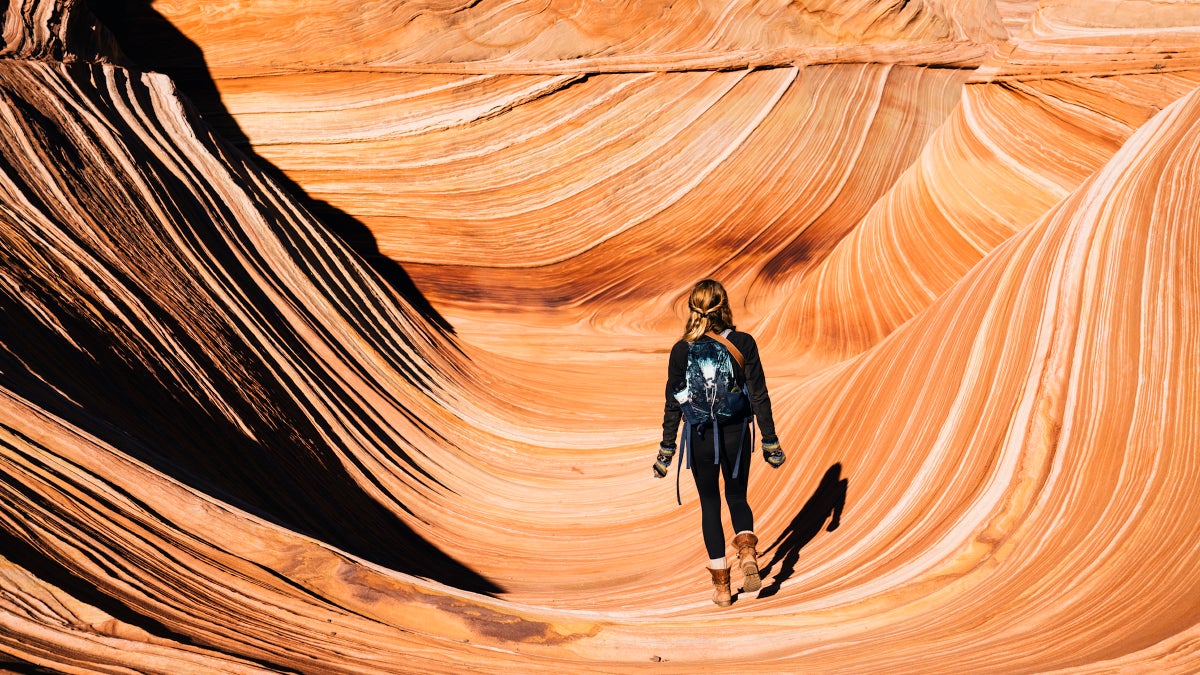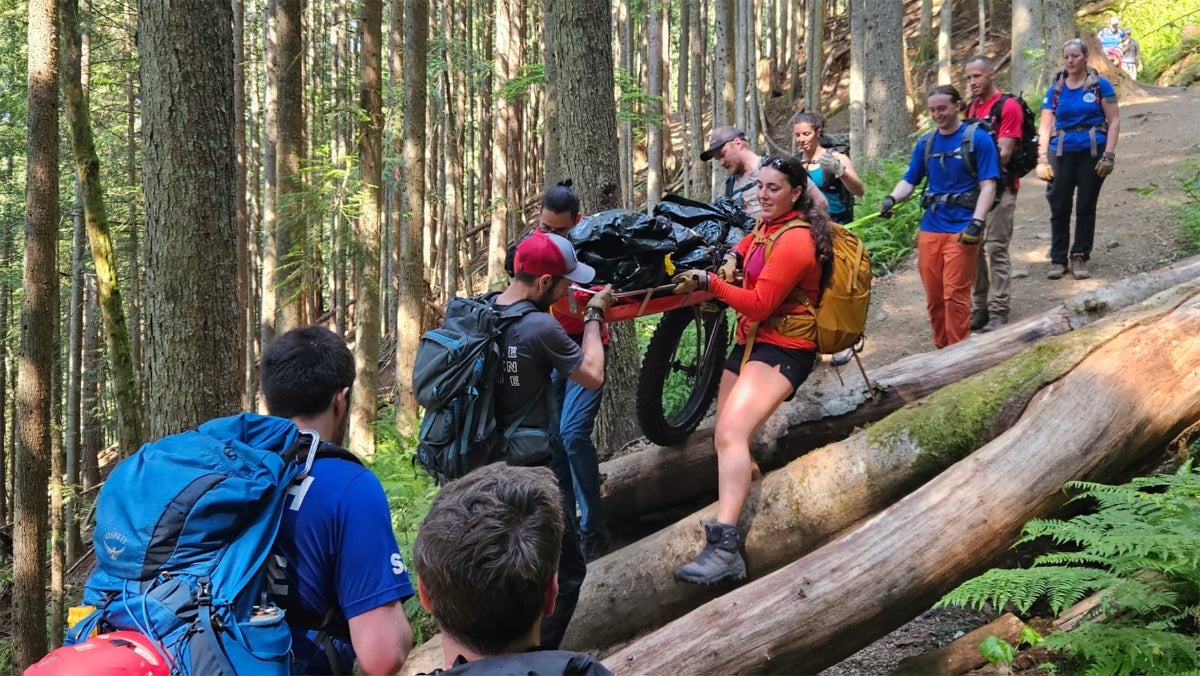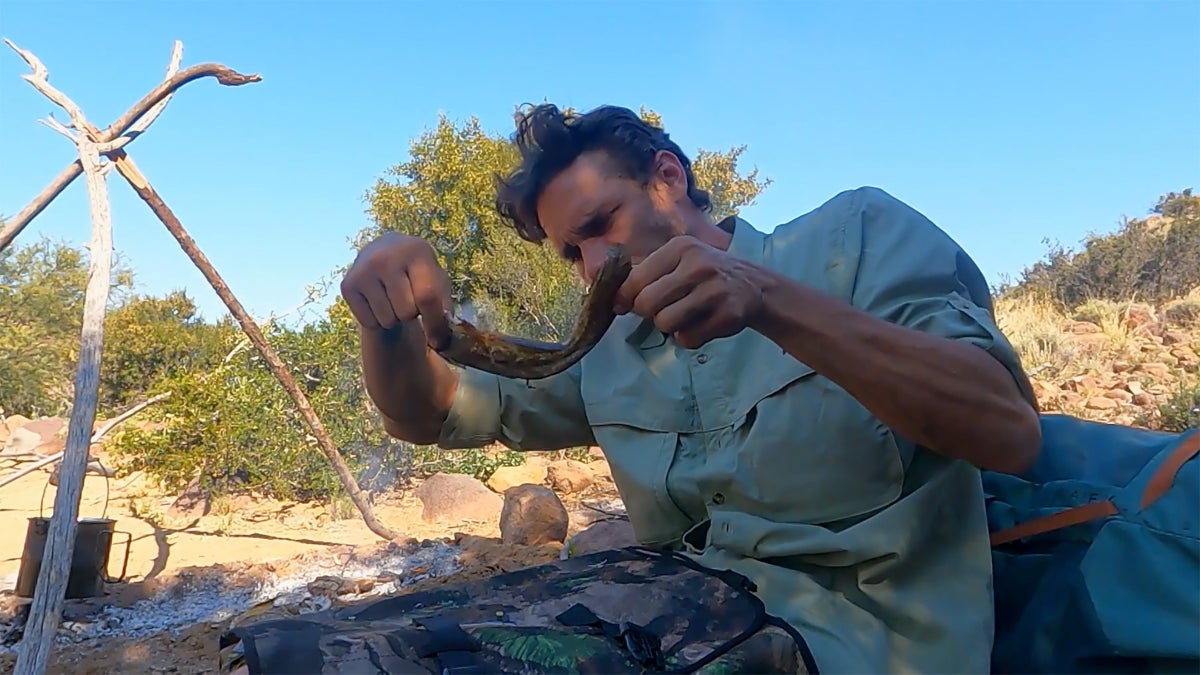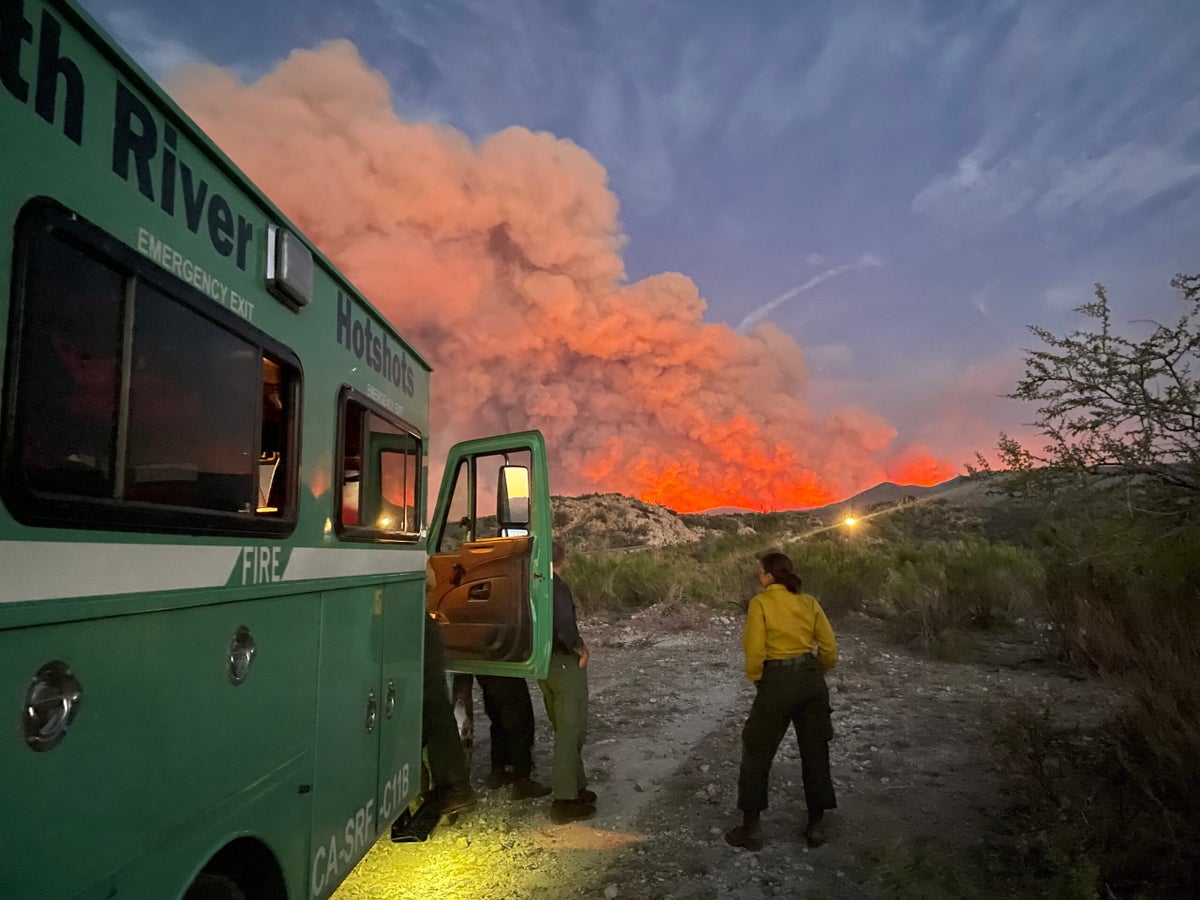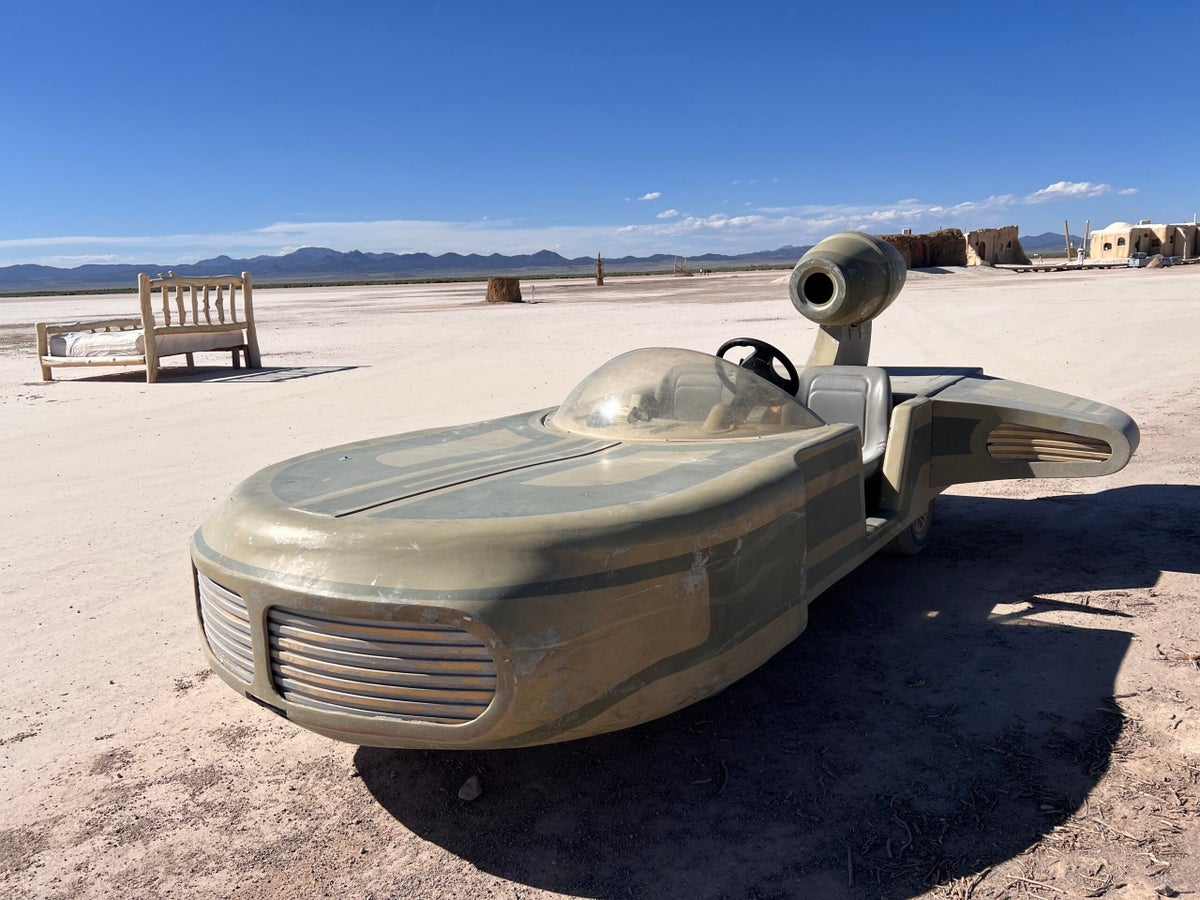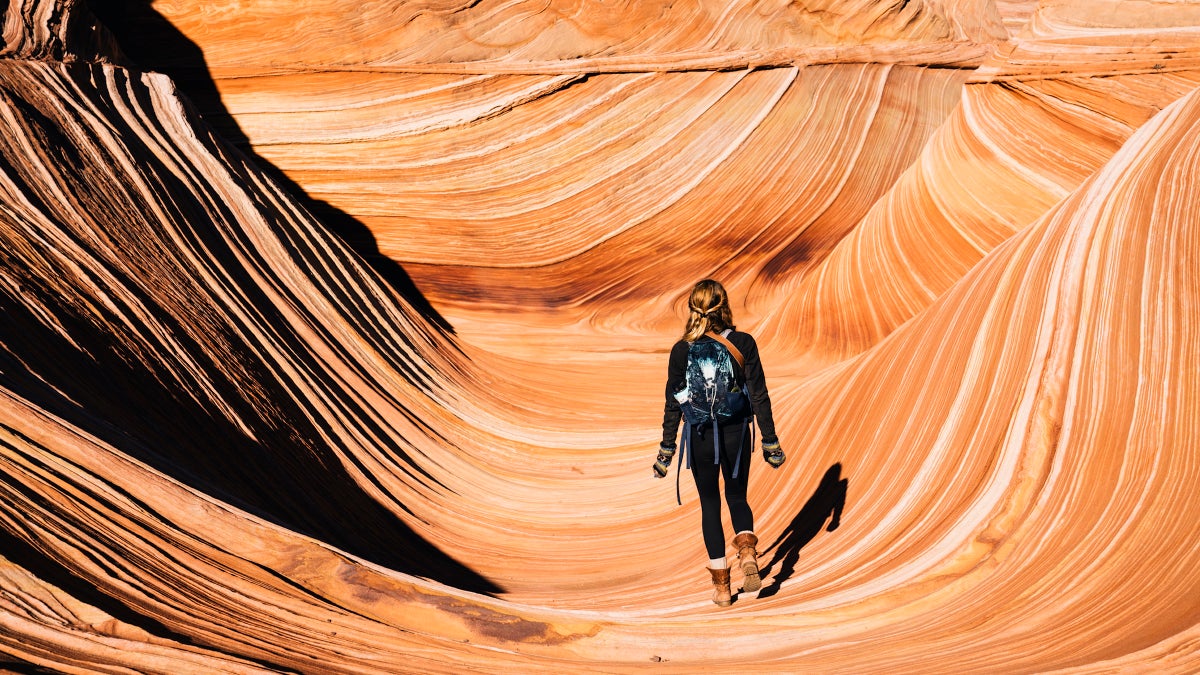
It’s 6 A.M., and I’m looking over a small canyon with my baby strapped to my chest and my two labs darting zoomies around my legs. In the distance, I can make out Black Rock Mesa and the snow-capped Jemez and Sangre de Cristo Mountains, and I haven’t seen another person on the trail all morning. We’ve got four miles left to hike, and then I’ll be back at my home office in time to log on to work for the day.
This is the beauty of land managed by the Bureau of Land Management (BLM): in the Southwest, where I live, it’s the land in between—the vast patches of beautiful nothingness that make up many of our backyards. One-tenth of land in the U.S.—245 million acres to be exact—is managed by the BLM, making it one of the most accessible places to recreate.

It’s also one of the freest. Unlike other public land agencies that are riddled with rules and regulations for outdoor recreationists, on BLM land, pretty much anything goes. Dogs can run off-leash, dispersed camping is allowed for two weeks at a time in most areas, and even ATVers and off-roaders are tolerated. Extreme sports like BASE-jumping, climbing, and highlining are accepted—and celebrated in BLM meccas, like Moab, Utah.
Have you ever heard of Burning Man? The Moab Easter Jeep Safari? Creeksgiving? Many of the desert meet-ups, festivals, and wilderness rallies that form the axis of outdoor culture are pretty much only possible on BLM land, where the horizon seems to stretch on forever and you can truly forget that the rest of the world exists. And while entry to Yellowstone, Yosemite, and Zion National Parks will set you back $35, recreation on most BLM land costs a few bucks or nothing at all.
From the natural arches of California’s Alabama Hills to the glittering hot springs of Soldier Meadows in Nevada, BLM manages some of the most scenic recreation hubs in the country. For those of us who seek solitude in the outdoors, BLM is our first choice. If you think the outdoors are getting crowded, you just haven’t been to BLM land recently. While hordes of visitors flock to many of our most sought-after national parks, BLM receives notably less traffic. Last year, a record 331.9 million people visited national parks, but only 81 million went to BLM.
So while some sighed with relief on Wednesday, when Utah Senator Mike Lee’s revised plan to sell public lands excluded the Forest Service and limited BLM land sales to 0.5 percent, my hackles remained up. Under the revised proposal, 1.2 million acres of our precious land remain at risk. The bill also maps out that only land within five miles of “population centers” will be for sale.
Remote spots like Indian Creek and Burning Man’s Black Rock Desert might be safe, but that doesn’t mean the new plan isn’t without huge loss. Those parcels near population centers are the most accessible areas to recreate. They’re where many of us hike, bike, and run our favorite backyard trails. But most importantly, selling off any of this precious land sets a bad precedent and opens up the haunting question of what might be next.
The post Op-Ed: BLM Is the Best Public Land, and If We Sell It Off, I’ll Scream appeared first on Outside Online.











